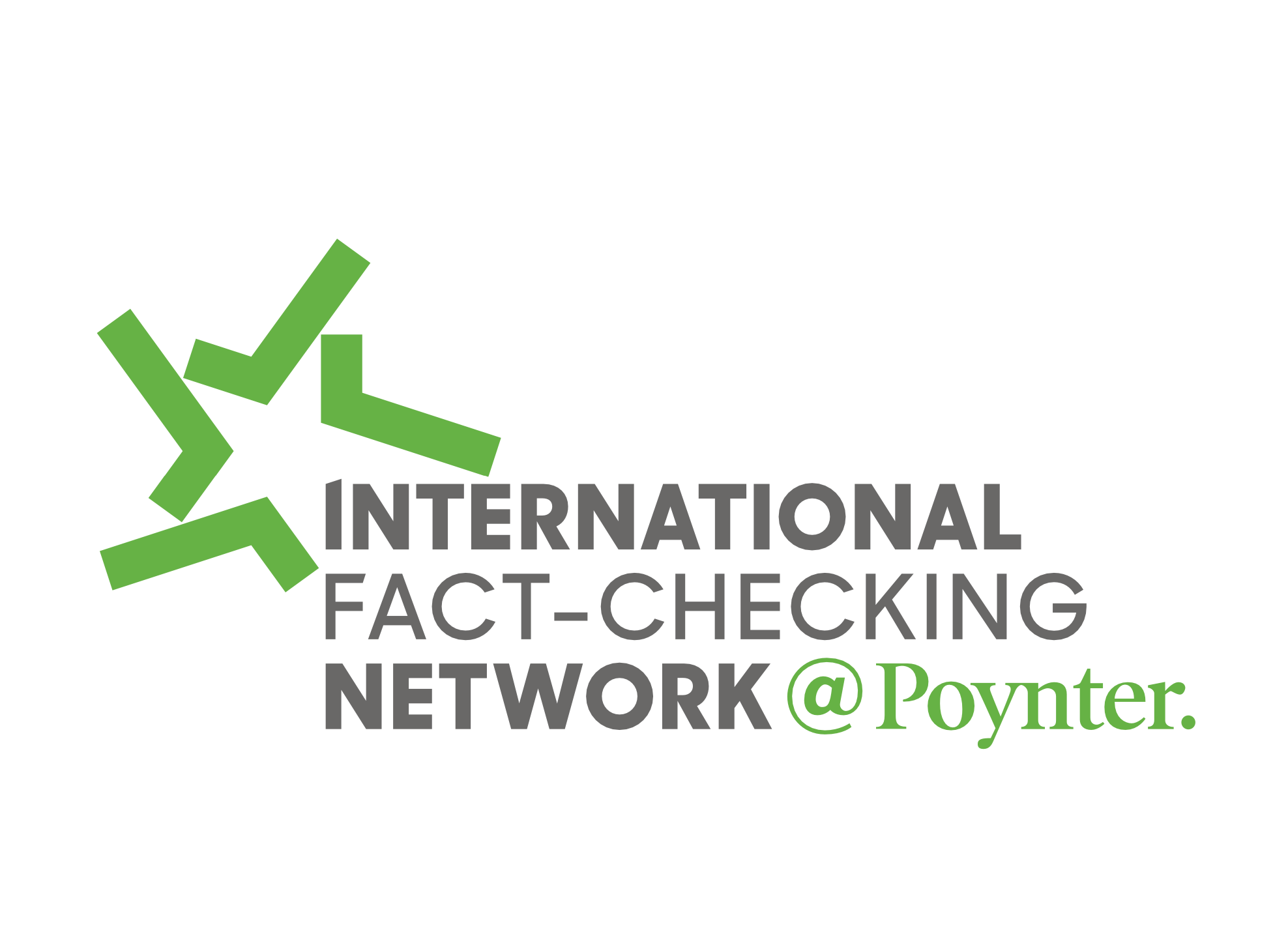Reporting on polls or survey results is similar to reporting on any other news story: It requires attention to the same principles of journalism, such as always reporting with precision and without bias. In addition, journalists need to make the results understandable and intelligible for an audience that may have little statistical training.
Here are some do’s and don’ts for writing about poll numbers.
- Do write about the “Don’t Knows.” If 30 percent of the public says they will vote for the Republican candidate and 32 percent support the Democrat, 38 percent of the public is unaccounted for. Journalists should report on the percentage of respondents who haven’t made up their minds yet or have no opinion; omitting this segment means a big part of the story is missing.
- Do consider the margin of sampling error. Findings that are within the margin of sampling error of each other are not considered significantly different. For example, if one candidate has 47% support and another has 48% support and the poll’s margin of sampling error is plus or minus 3 percentage points, the candidates are running about even; neither one is clearly ahead.
- Do combine “like” categories. Often, pollsters measure the strength of people’s opinions by asking questions along a scale of agreement/disagreement or support/opposition. For example, a pollster may ask, “In order to combat global warming, would you support or oppose a tax on gasoline?” If a respondent answers “support,” the pollster may probe further, asking, “Do you very strongly support or strongly support a tax on gasoline?” To simplify these answers, journalists can aggregate the percentages that “very strongly support” and “strongly support;” however, the story must represent the larger percentage as those who “support” the tax.
- Don’t combine “unlike” categories. If a poll reports that 60 percent of voters either “oppose” or “don’t know” about a policy, it would not be accurate to report that total as opposed or not supporting. A good journalist will look deeper and present those numbers as separate results. Use sound journalistic judgment to decide which categories might be combined and which ones should stand on their own.
- Don’t use decimal points or tenths of percents. Remember, poll numbers are estimates, and using a decimal place implies a precision that can’t be achieved in public opinion research.
Taken from Understanding and Interpreting Polls, a self-directed course at Poynter NewsU, developed in partnership with the American Association for Public Opinion Research (AAPOR).
Have you missed a Coffee Break Course? Here’s our complete lineup. Or follow along at #coffeebreakcourse.







